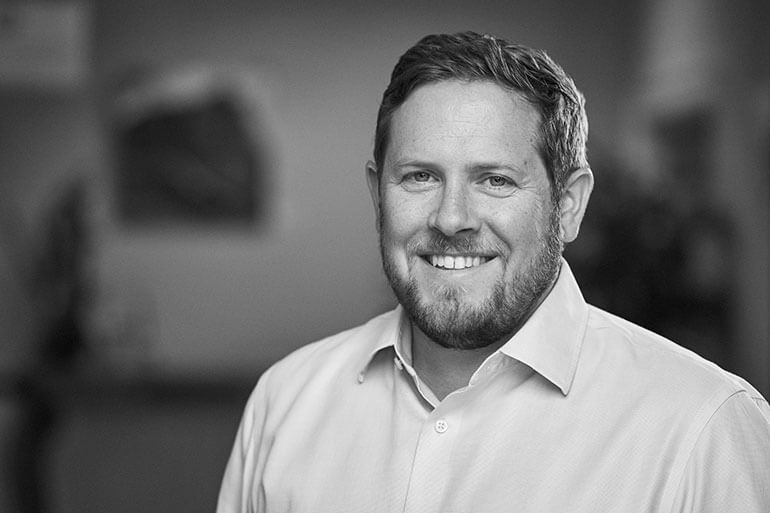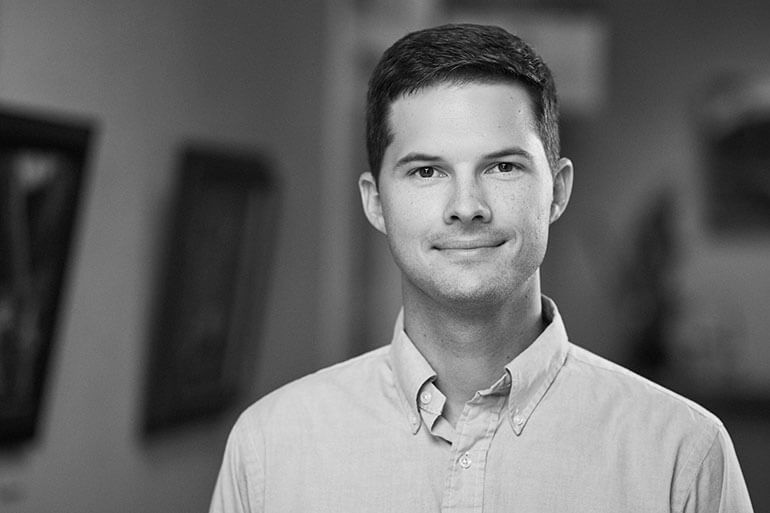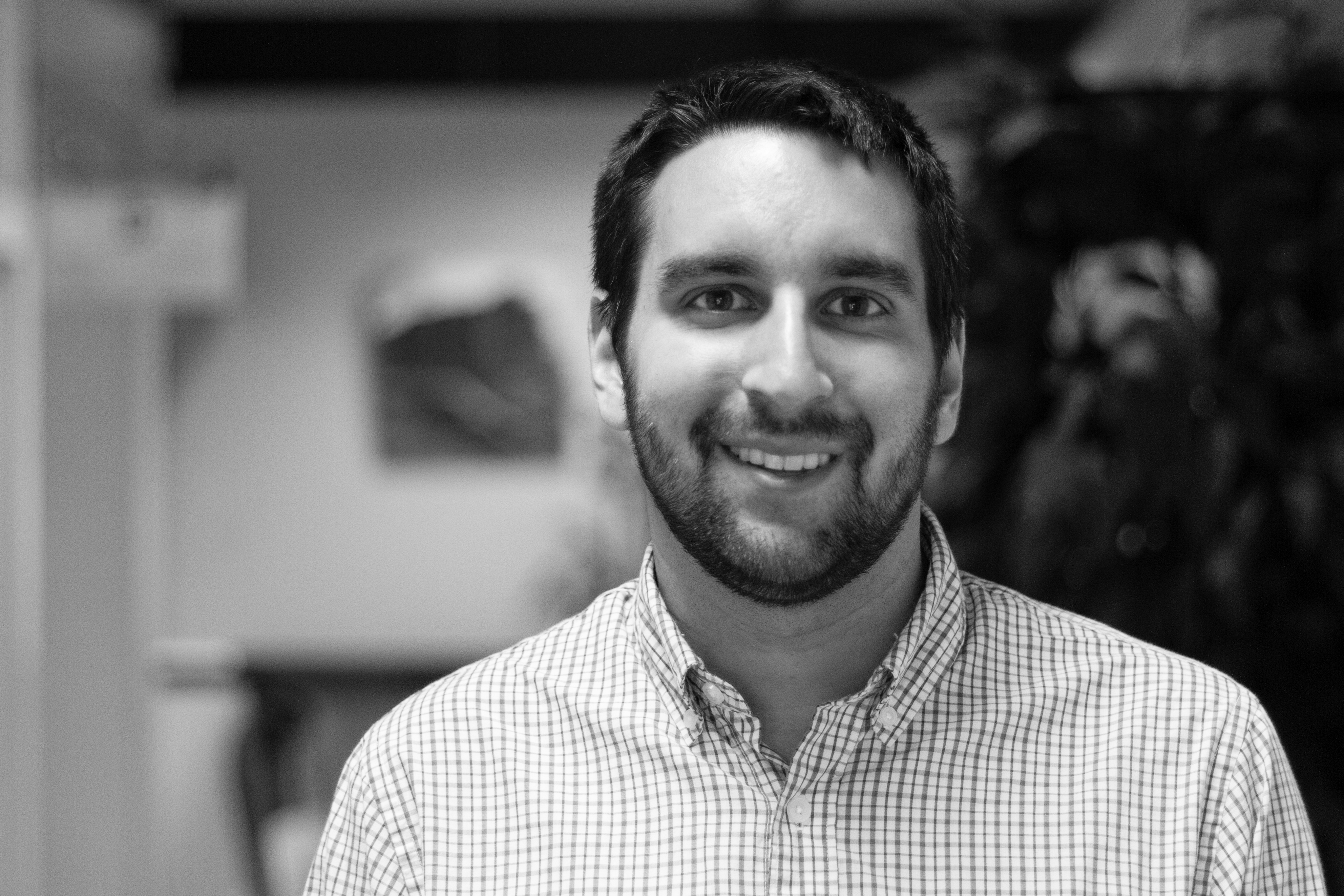About Elemance
When elements of the human body collide with the world around it, the outcome is often nuanced.
Elemance, LLC, an engineering software and services company, explores the interaction of technologies with the human body. Elemance enables nuanced design through finite element analysis and other data science-based approaches. Elemance continually advances and licenses a suite of virtual human body models, giving companies and researchers tools to comprehensively evaluate products for safety and efficacy. Elemance’s talented team also provides services to partners addressing design challenges in applied biomechanics.
When designing a technology, one of the greatest challenges is to understand how the human body will respond to using it. Elemance licenses finite element models that accurately reproduce the human body’s response to real-life circumstances, greatly expanding the ability of researchers and product designers to address potential challenges.
In 2006, a global effort to advance crash safety technology, the Global Human Body Model Consortium (GHBMC), was founded. This international collaboration resulted in the original suite of human body models, now licensable through Elemance. The creation of Elemance helped to expand the application of the models by making the family of GHBMC models available to any researcher, whether in industry or academia.
At Elemance, we believe that giving deeper insight to how the human body behaves can improve the safety of technologies. We also believe that safety research should reflect a wide range of the population, so we continue to develop a family of models that represent a range of ages, sexes and sizes to help create technologies and procedures that take all types of people into account.
As the specificity and range of models has expanded, Elemance has also expanded its offerings to help R&D groups and individuals assess their designs in a detailed and accurate way through our team of biomechanics experts. Wherever technology touches a human, we want to be there to make sure that human is safe.
Developing Tools To Prevent and Reduce Injury
Behind every project that Elemance undertakes is the drive to protect human lives and prevent injuries. Our team of biomechanics experts uses their experience in injury biomechanics and finite element analysis to provide human body modeling tools with the greatest accuracy in predicting injury that can be applied to a wide range of industries.
MEET THE TEAM
Our biomechanics experts bring their knowledge and experience to the development and support of the GHBMC human body models, as well as the engineering services we offer to our clients.

Joel Stitzel, PhD
CEO, Co-Founder

Scott Gayzik, PhD
CTO, Co-Founder

Matthew Davis, PhD
Chief Operating Officer

Derek Jones, PhD
VP of Engineering Services

James Gaewsky, PhD
Senior Engineer

Zach Hostetler, PhD
Senior Engineer

Elizabeth Carlson, MS
Project Manager

Sarah Stitzel, MS
Sales & Licensing Manager

Nolan Norton, PhD
Research Engineer

Alex Kalmar-Gonzalo, BS
Biomechanical Engineer

Drew DiSerafino, BS
Biomechanical Engineer

Sarah Crimmins, MS
Biomechanical Engineer

Jeremy Schap, BS
Biomechanical Engineer

Tanner Filben, PhD
Research Engineer
Elemance’s Global Roots and Global Reach
The GHBMC brought together the resources and expertise of 10 automakers and suppliers and seven universities to advance human body modeling technologies. By consolidating world-wide research into crash simulation, the GHBMC created a family of validated virtual human body models that are incredibly detailed and able to predict tissue-specific injuries with great accuracy. Each region of these virtual human body models were developed by researchers from institutions specializing in that specific body region, giving the models a great depth of expertise.
The result of this international collaboration was a family of 13 human body models with both detailed and simplified versions of a variety of ages, sexes and sizes in multiple postures.
The Center for Injury Biomechanics at Wake Forest School of Medicine serves as the integration center for the GHBMC, led by Joel Stitzel, PhD, and Scott Gayzik, PhD. In 2014, Stitzel and Gayzik founded Elemance out of the GHBMC as a way to provide access to these state-of-the-art human body models to non-GHBMC members. Elemance became the sole distributor of the GHBMC family of models.
While the GHBMC was created with the express purpose of advancing crash simulations, Elemance brings the same technology to simulations across a wide range of applications and industries in order to prevent and reduce injuries.
Let’s Introduce Ourselves
If you’re interested in how Elemance can support your research or product design process, we’d love to start a conversation with you about our products and services.
What Elemance Can Do for Your Project
Elemance Models
Dig deeper into how our virtual human body models improve your results.
Products & Services
Learn the range of products and services that Elemance offers.
Industry Applications
Explore all of the industries Elemance models and services can be applied.








